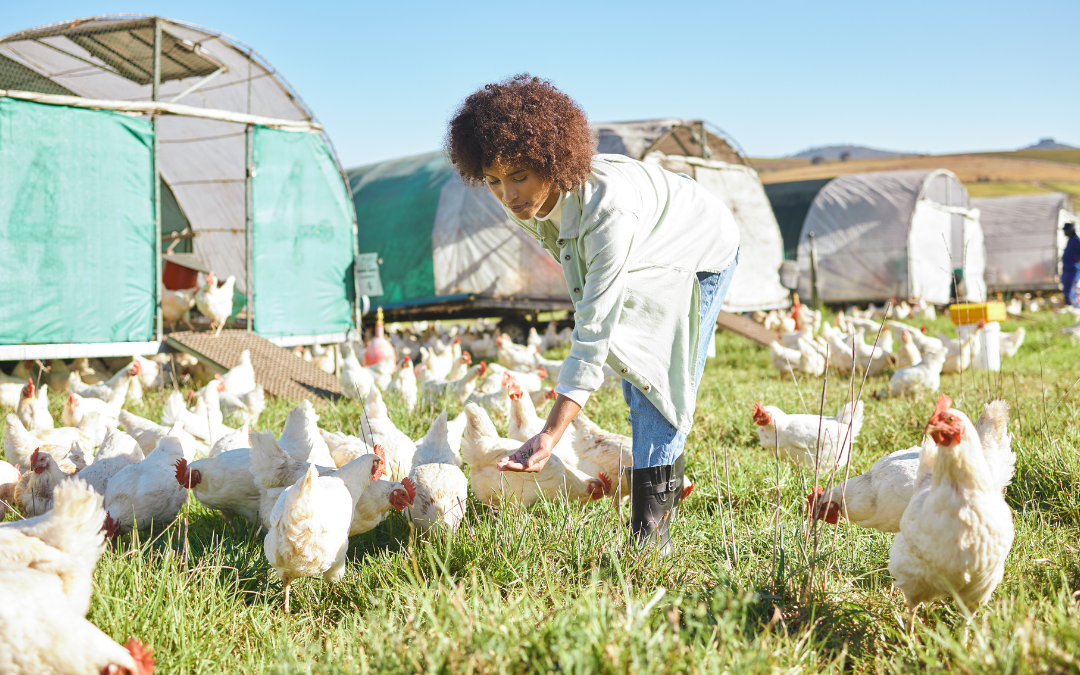Have you pondered the backstory of the grains and meals that nourish livestock? Tracing animal feed ingredients from origin to consumption reveals much about sustainable agriculture, animal health, and their complex food system. This journey connects growers, producers, and consumers through choices with far-reaching impacts.
Appreciating the interdependencies along this supply chain highlights the importance of ethically and ecologically sound sourcing. Feed makes up over 60% of production costs in animal farming operations. Its quality and nutritional makeup directly affect livestock well-being and marketability further down the line.
Key waypoints guide our understanding as we follow the twisting trail from planted seed to filled trough. These include growing techniques, processing rigor, distribution coordination, quality control, and transparency via certification. It’s a vast interconnected web spanning continents, with no weak links from farm to finished feed.
The Long Journey from Tiny Seed to Mountainous Feed Pile
Sustainable Farming Fundamentals
The chain reaction begins modestly with a single seed sown by a conscientious farmer. Crops like corn, wheat, barley, and soy will later convert into nutritious feed components. Growing approaches promoting healthy soil, biodiversity, and water conservation set the tone for responsible ingredient sourcing.
Factory Purification and Processing
Once reaching full maturity, harvested crops traverse to processing facilities for milling, pressing, distilling, and grinding into meal, oils, pulp, and other animal feed ingredients. Strict quality benchmarks govern safety, purity levels, and nutritional composition. The resulting materials provide building blocks for adequately balanced animal diets.
The Involved Process of Ingredient Distribution
A strategically choreographed distribution network transports harvested crops from regional growing hubs to feed mills nationwide. Intricate supply chain coordination between farmers, truckers, rail carriers, and producers maintains a smooth provision flow to meet production demands. This delicate dance impacts pricing and availability.
Blending Science and Nature Through Precision Feed Formulas
At the feed mill, animal nutritionists combine ingredients like corn, soybean meal, micronutrients, forages, fats, and proteins into optimized formulas catering to target species and growth phases. Computer-controlled equipment enables consistent nutrient blend batch after batch. Regular laboratory analysis further verifies nutritional integrity.
Delivering Nutritious and Responsibly Sourced Feed
After confirming exceptional quality benchmarks, finished feed products undergo final mixing and conveyance into bags or bulk containers for delivery to animal feeding operations via truck or rail. Careful material handling prevents contamination or spoilage en route.
Sourcing and Supply Chain Transparency through Certification
Ecolabels Enable Value Alignment Across Supply Chains
Voluntary verification initiatives like Certified Sustainable Palm Oil and Animal Welfare Approved offer credibility through independent auditing and traceability requirements. Participating mills and suppliers agreeing to enhanced protocols can promote their eco-friendly or ethical sourcing credentials to downstream customers.
Informed Consumers Can Steer Positive Change
Transparency gives consumers clearer visibility into the backstories behind store shelves. Seeking out humanely raised meats, eggs, and dairy from animals fed verified sustainable diets aligns with personal values more fully. Market demand and public sentiment signals producers to expand practices supporting better nutrition, environmental stewardship, and animal wellbeing from farm through feed.
Conclusion
This extensive farm-to-feed progression clearly illustrates a complex web interconnecting agriculture, livestock, and consumers through everyday nourishment choices by both animals and people. Simple daily acts like consciously sourcing groceries or purchasing verified sustainable feeds aggregate into positive impacts supporting ethical farming and improved animal welfare. Mindfully tracing ingredients back to their origins can nourish positive change, as can animals.









